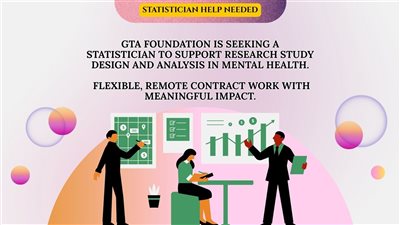
08
Oct
Between the Dream of Helping Others... and the Reality of Daily Pressures Prevention Strategies for Burnout Among Mental Health Professionals
The Beginning: A Noble Calling That Can Turn into Exhaustion
Many mental health professionals enter the field with a noble mission — a passion for helping others and making a difference in people’s lives.
But as time passes and professional and emotional pressures accumulate, that passion can slowly turn into fatigue, emotional strain, or even burnout.
According to the World Health Organization (2019), burnout is defined as “a syndrome conceptualized as resulting from chronic workplace stress that has not been successfully managed. It is characterized by three dimensions: feelings of energy depletion or exhaustion; increased mental distance from one’s job, or feelings of negativism or cynicism related to one’s job; and reduced professional efficacy.”
A Profession at Higher Risk
Mental health professionals are uniquely vulnerable to burnout. They not only face their own life stressors but also absorb the emotional burdens of their clients.
Research from the American Psychological Association (2018) indicates that clinicians working with clients who have more severe symptoms face a higher risk of developing burnout — particularly those working in intensive settings such as psychiatric hospitals or rehabilitation centers.
The prevalence of burnout among mental health professionals is estimated to range between 21% and 61%, highlighting the urgency of addressing it.
Key contributing factors include:
Low sense of belonging in the workplace
Heavy caseloads and overwhelming schedules
Challenging client characteristics
Lack of administrative or peer support
Poor work-life balance
Prevention Starts Within: Personal Strategies for Well-Being
While organizations play an important role, prevention begins with the individual.
Here are some effective self-protective strategies mental health professionals can adopt:
Self-Care:
Self-care is not a luxury — it’s essential for survival in this profession. Activities like exercise, yoga, meditation, journaling, or simply spending time doing something enjoyable can help replenish emotional energy and prevent burnout.
Seek Social Support:
Talking about feelings and challenges with trusted colleagues, friends, or family members can help reduce stress. Many workplaces also offer Employee Assistance Programs (EAPs) that provide confidential emotional support.
Sleep and Nutrition:
Adequate rest and balanced nutrition are the foundation of good mental health. Lack of either can heighten vulnerability to stress and emotional fatigue.
Practice Mindfulness:
Being present and aware — without judgment or reaction — allows professionals to manage stress more effectively. Practices like deep breathing, mindful walking, or guided meditation can make a significant difference.
The Role of Institutions: Building Supportive Work Environments
Preventing burnout should not rest solely on individuals.
Organizations and administrators have a critical role in creating conditions that protect their teams from emotional exhaustion.
Effective administrative strategies include:
Providing a Supportive Environment:
Ensuring that staff members feel supported, valued, and clear about their roles can dramatically reduce stress levels.
Recognizing and Valuing Employees:
Acknowledging hard work and celebrating achievements boosts morale, motivation, and job satisfaction.
Training and Professional Development:
Offering training programs on self-care, stress management, and burnout prevention equips professionals with the tools to sustain their well-being.
Prevention Is Not a Luxury — It’s a Necessity
Even the most passionate and dedicated professionals can experience burnout if preventive measures are neglected.
That’s why integrating self-care practices during stable periods — not just during times of crisis — is the most effective way to build emotional resilience and long-term well-being.
References:
Practice Research and Policy Staff. (2018). Research roundup: Burnout in mental health providers.
https://www.apaservices.org/practice/update/2018/01-25/mental-health-providers
Mayo Clinic Staff. (2021). Job burnout: How to spot it and take action.
https://www.mayoclinic.org/healthy-lifestyle/adult-health/in-depth/burnout/art-20046642








